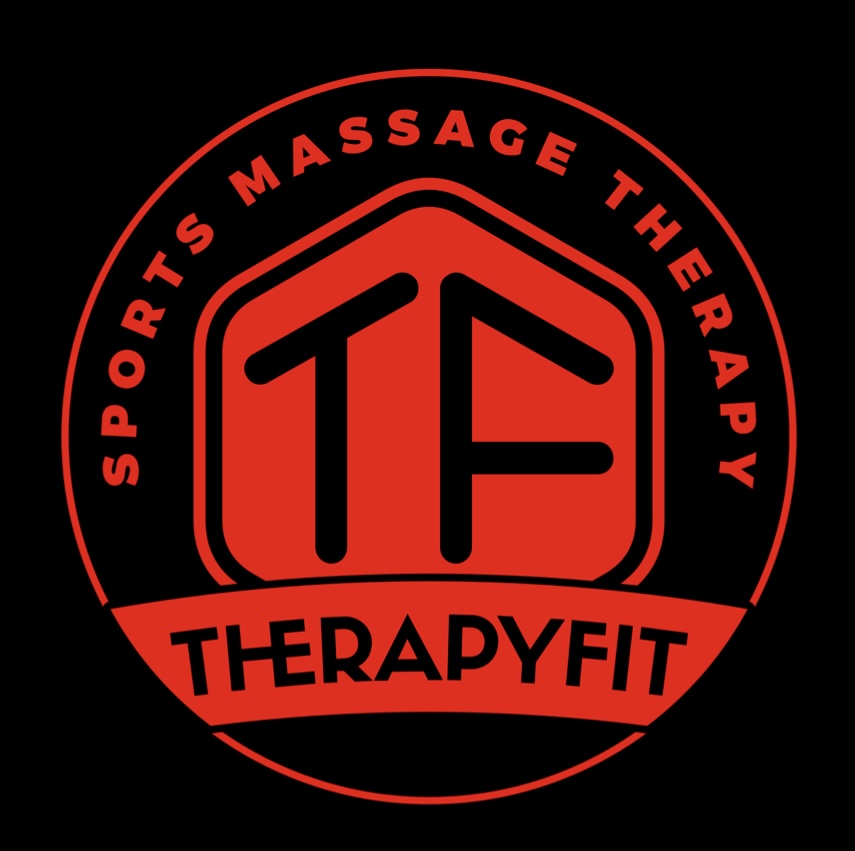Knee Pain
- TherapyFit Treatments

- Jul 6, 2023
- 2 min read
Updated: Feb 21
You may have a condition called Chondromalacia Patella.

Introduction
Chondromalacia Patella, commonly known as "Runner's Knee," is a knee condition caused by the breakdown of cartilage behind the kneecap. If left untreated, it can significantly impact mobility and one's ability to participate in various physical activities. Therefore, understanding the symptoms and engaging in targeted exercises can help alleviate pain and improve knee function.
Symptoms
Here are some common symptoms of chondromalacia patella to look out for:
1. Knee pain: This is the most common symptom, experienced as a dull, aching pain around the kneecap. It is often aggravated by activities, such as walking, running, squatting, and climbing stairs.
2. Crepitus: A grinding or cracking sensation may be felt while bending or straightening the knee.
3. Swelling: Mild inflammation and swelling around the kneecap may occur.
4. Stiffness: The knee may feel stiff, particularly after a prolonged period of inactivity or sitting.
Causes
Some common causes or predisposing factors of chondromalacia patella include:
1. Overuse: Constant high-impact activities can cause cartilage wear through repetitive pressure.
2. Poor alignment: A misaligned kneecap, resulting from anatomical or structural issues, can lead to uneven pressure distribution and cartilage damage.
3. Muscle imbalances: Weakness or tightness in certain muscle groups, such as the quadriceps or hamstrings, can contribute to improper tracking of the kneecap.
4. Trauma: Direct impact or injury to the kneecap can cause cartilage damage.
What can you do?
Here are some recommended exercises to help manage and prevent chondromalacia patella:

1. Quadriceps strengthening: Stronger quadriceps muscles help stabilize the kneecap, reducing stress on cartilage. Wall slides, step-ups, or leg presses can help strengthen these muscles.

2. Hamstring stretch: Tight hamstrings put extra stress on the knee joint. Gentle stretches like the seated hamstring stretch or the towel hamstring stretch can help alleviate this pressure.

3. VMO activation: The vastus medialis oblique (VMO) – a muscle along the inner thigh – is crucial in supporting the kneecap. Exercises targeting the VMO include straight leg raises, seated knee extensions, wall squats with a ball and hamstring curls.

4. Glute strengthening: Strengthening glute muscles helps improve overall lower body biomechanics and reduce knee pain. Some effective glute exercises include glute bridges, clamshells, and side-lying leg raises.

5. Foam rolling: Self-myofascial release using a foam roller can relieve muscle tightness and pain while promoting a proper alignment – especially for the quadriceps, hamstrings, and IT band.
Conclusion
Chondromalacia Patella is a common knee condition that can cause discomfort and impact everyday activities. Understanding the symptoms and incorporating targeted exercises can help alleviate pain and improve knee function. Our Therapist are ITEC level 5 trained and can help with complex conditions such as Chondromalacia Patella, get in touch to book your treatment and consultation.




Comments